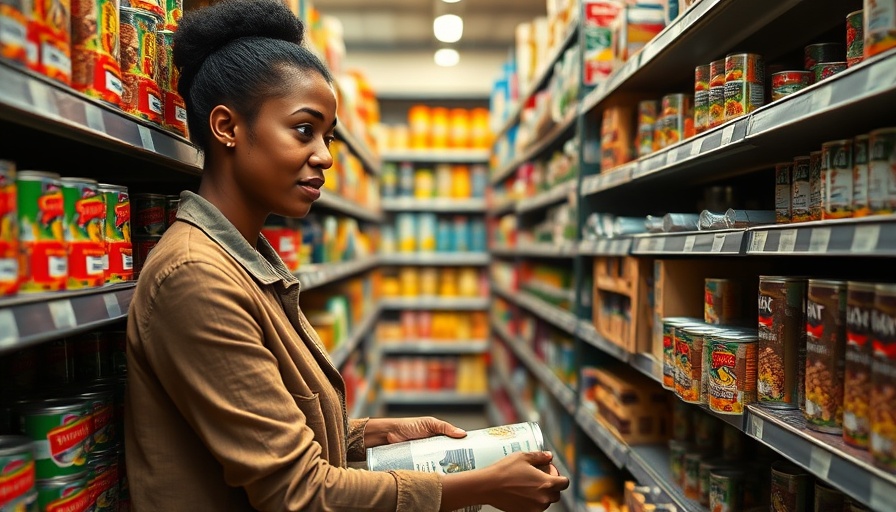
USDA Cuts: A Looming Crisis for Washington Food Banks
The USDA's decision to cut $1 billion from food assistance programs has sent shockwaves through local food banks in Washington. As many as 1 in 4 Washingtonians visited a food bank last year, highlighting the critical need for these services amid rising food insecurity. Food banks like the Ballard Food Bank are already facing daunting challenges, as they struggle to keep their shelves stocked in the face of increasing demand and decreased donations.
The Impact of Federal Cuts
The recent reductions include a $500 million cut from the Local Food Purchase Assistance (LFPA) program and another $500 million from the Emergency Food Assistance Program (TEFAP). These programs have historically provided essential support to food banks, enabling them to buy local produce and redistribute excess food from farmers. The cuts are particularly worrying, as they threaten to leave many without access to vital nutrition as food prices continue to soar and inflation hits the economy.
Historical Context: Before and During the Pandemic
Before the pandemic, food banks served about 800,000 people annually through organizations like Food Lifeline. However, the pandemic opened the floodgates; in 2024 alone, that number surged to 1.7 million. The pandemic-era programs temporarily alleviated the strain, yet as they expired, the demand did not wane, making the current cuts especially harmful.
The Rising Tide of Food Insecurity
Washington food banks are now navigating a dual crisis: increased demand and diminished resources. As food costs climb, many families find themselves choosing between essential expenses, which compound their need for food assistance. The result is a troubling trend wherein food banks struggle to meet the growing need. Jennie Bender, a volunteer at Ballard Food Bank, notes that they have had to reduce variety on their shelves significantly, impacting clients who depend on a range of food options to maintain nutritional balance.
A Community Under Pressure: The Demand for Food Banks
The interconnectedness of local agriculture and food banks highlights the community's reliance on mutual support during these challenging times. Farmers often benefit from TEFAP, which allows them to offload surplus produce while providing food banks with essential staples such as dairy, meat, and canned goods. Losing this safety net could result in a direct impact not just on food availability at local banks, but also on local farms sheering off crucial income sources.
Call to Action: Community Support is Vital
As cuts to essential food programs loom large, it's imperative for the Seattle community to rally together. Local food banks need increased support from community members—whether through food donations, volunteering time, or financial contributions—to ensure that no one goes hungry. Every effort counts, and your involvement could make a significant difference for those who lean on these vital services.
 Add Row
Add Row  Add
Add 




Write A Comment